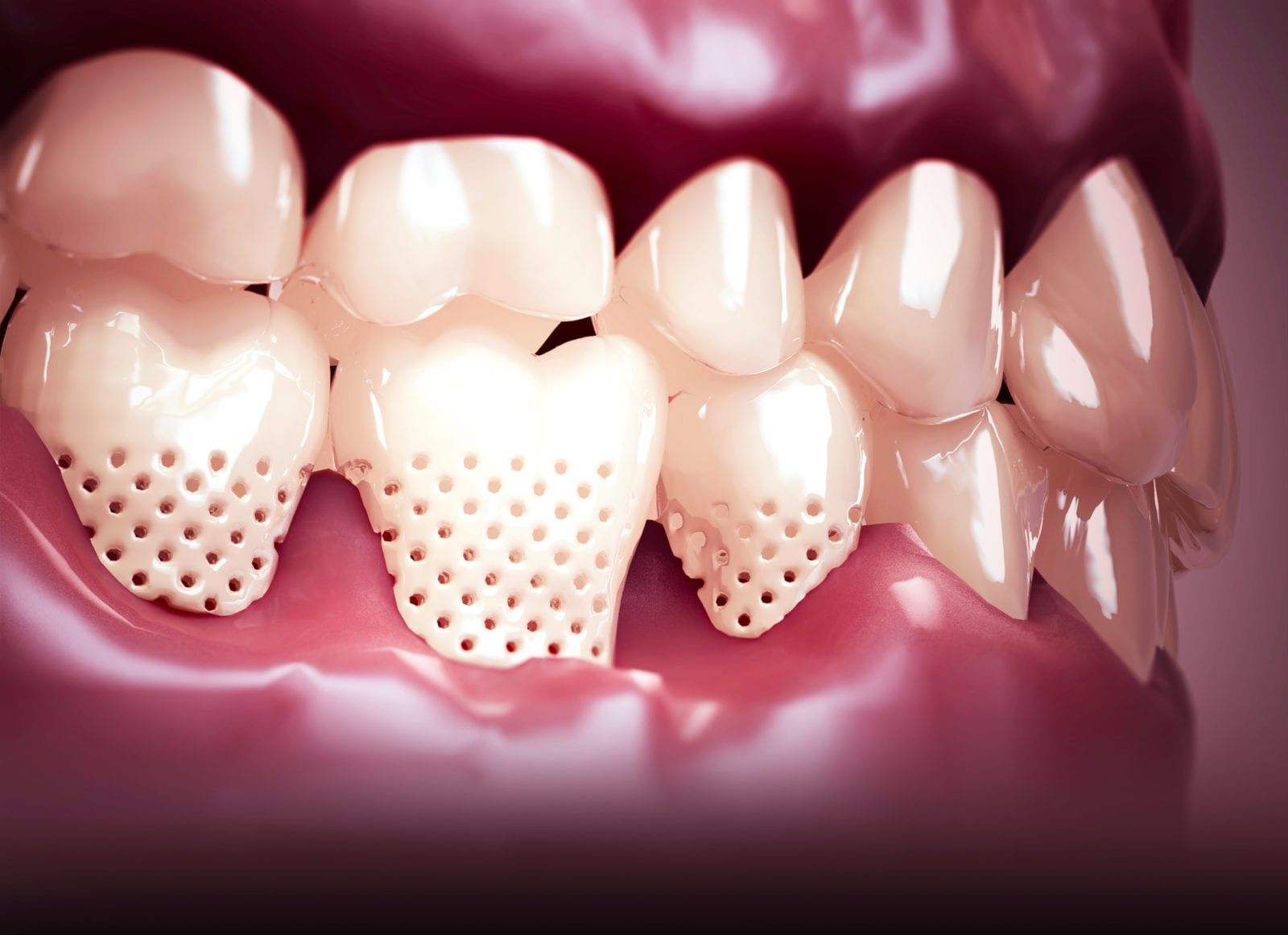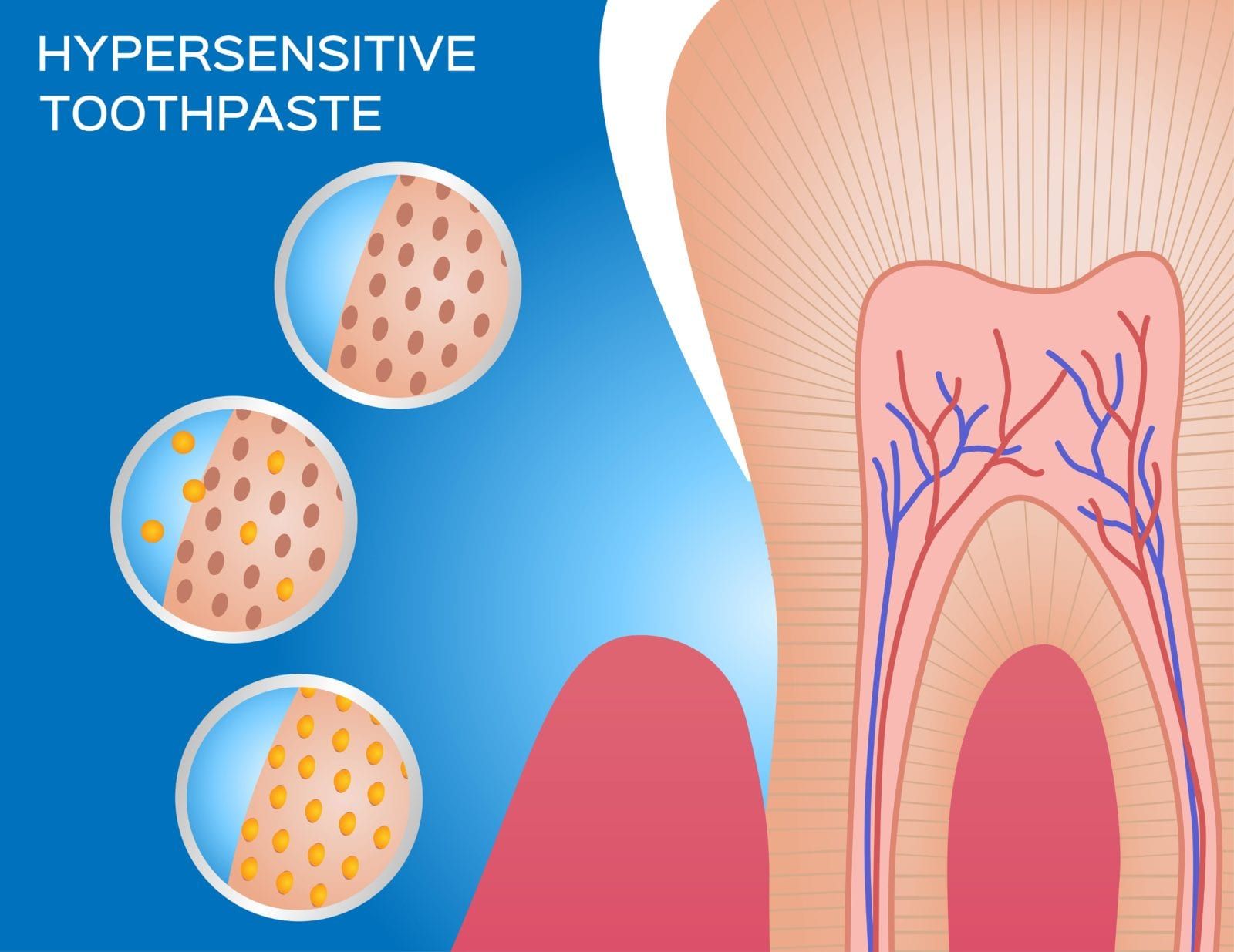Along with summer comes a variety of cool treats to help you beat the heat. However, if you have sensitive teeth, things like ice cream, slushies, popsicles, and other cold treats can cause you more discomfort than enjoyment. Tooth sensitivity is characterized by a sudden, deep pain that occurs when eating or drinking foods and/or beverages that are cold, hot, or sweet. In some cases, severe tooth sensitivity can even prevent people from eating or drinking the things that cause sensitivity.
In many cases, tooth sensitivity is considered to be a symptom of different dental conditions including:
- Tooth decay
- Gum recession
- Leaky, damaged, or worn restoration
- Worn enamel
- Pulp infection
- Cracked tooth
Since tooth sensitivity can occur as a symptom, it is recommended that you schedule an appointment with your local dentist so that they can examine your mouth for any of the aforementioned conditions. If your tooth sensitivity is a symptom, it can generally be resolved once the condition is resolved. In some cases, you may experience tooth sensitivity without any underlying cause. This is sometimes known as hypersensitivity, which basically means that you have sensitive teeth.
Why are my teeth sensitive?

At this point, you are probably wondering why your teeth are so sensitive and how they got that way. As mentioned before, tooth decay, gum recession, worn restorations, pulp infections, or cracked teeth can all cause tooth sensitivity. However, if these conditions have been ruled out by your dentist, then the most likely culprit of sensitive teeth is worn enamel.
Tooth enamel is the hardest substance in the human body and it makes up the outermost layer of your teeth that is responsible for protecting the inside of the tooth from external stimuli. As the enamel wears down, however, stimuli are able to pass through the enamel into the dentin layer. The dentin layer is porous and has several microscopic tubules that lead into the pulp chamber where the tooth’s nerve resides. Therefore the sudden, deep pain associated with tooth sensitivity comes from stimuli irritating the nerve.
How to Decrease Tooth Sensitivity
If you have sensitive teeth, the first thing you will want to do is schedule an appointment with your dentist to rule out any possible conditions that could be causing your tooth sensitivity. If there is no immediate cause to your tooth sensitivity, then your dentist may recommend that you manage hypersensitivity by:
Using a Special Toothpaste

There are specialized toothpastes that are made specifically for people who have sensitive teeth. These sensitivity toothpastes are free from ingredients that have been found to irritate the teeth, such as sodium lauryl sulfate (SLS). In addition, sensitivity toothpastes also have specific ingredients such as potassium, nitrate, stannous fluoride, or strontium chloride. These three ingredients reduce pain associated with sensitivity by either blocking pain signals or filling in the microtubules to protect the nerve. To treat cases of severe tooth sensitivity, your dentist may also prescribe a sensitivity toothpaste that is stronger than over the counter brands.
Applying a Fluoride Varnish
Your dentist may also recommend having a fluoride varnish applied to the surface of your teeth. In most cases, this is something that they already do after your semi-annual cleanings, but they may recommend having it applied more often or to certain places to help with sensitivity symptoms. It is important to note that fluoride will not completely stop tooth sensitivity, but it will help to strengthen the tooth enamel. In addition to fluoride, your dentist may also recommend desensitizers such as oxalate or Gluma.
Getting a Cervical Restoration
A cervical restoration can be placed along the gum line in order to alleviate tooth sensitivity that is caused by gum recession or enamel erosion along the gum line. To place a cervical restoration, your dentist will bond composite resin to the surface of your tooth. This layer of composite resin will then act as the protective layer to prevent stimuli from irritating the nerve. Depending on the severity of gum recession, soft tissue procedures may also need to be performed.

Dr. Mark and Dr. Gina Covington are committed to providing their patients with the highest level of care. Both doctors are members of the Academy of General Dentistry as well as the American Dental Association. Locally, both belong to the Western Piedmont Dental society and the Foothills Dental Continuum. Because dentistry is a dynamic field, continued education is a paramount concern. Both Dr. Mark and Dr. Gina have completed several hundred hours of continued education to become proficient in the science and placement of dental implants. This course of study has allowed them to become Fellows of the International Congress of Oral Implantologists.


